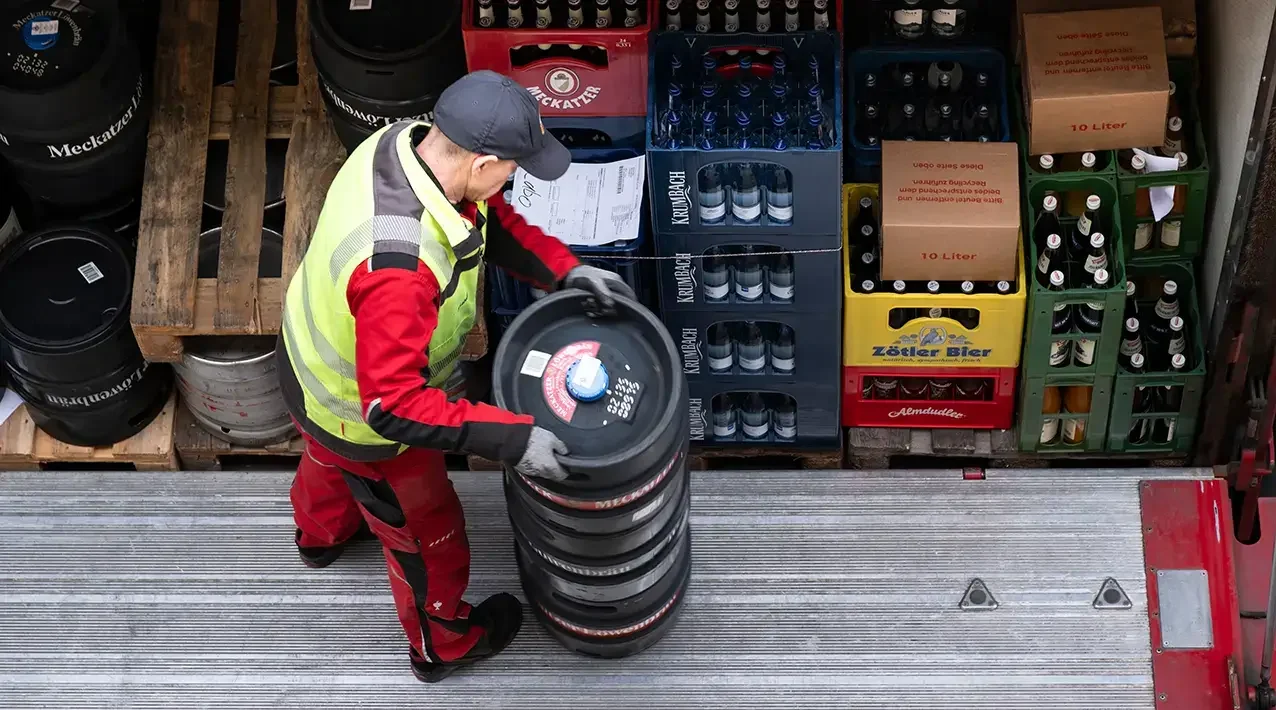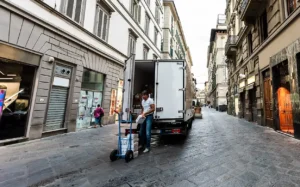
Challenges and opportunities for urban foodservice logistics
Dutch city centers are becoming increasingly crowded, not just with people, bicycles, and scooters, but also with delivery vans and trucks. This is especially noticeable in the foodservice industry, where vehicles come and go constantly. And yet, many of these trips could easily be consolidated or even avoided. So why isn’t that happening?
Everyone works in isolation
Did you know? In 2018, Amsterdam’s hospitality industry alone saw about 50,000 deliveries per week. That’s approximately 378,000 trips annually, around 1,200 per day.
Source: The Food Research Company report “Foodservicelogistiek in dichtslibbende binnensteden”
Collaboration? Easier said than done
Now add electric vehicles into the mix
So what could actually work?
How Simacan helps
This might also interest you:

Gaining control over urban logistics costs
Control urban logistics costs with real-time insights: Urban logistics is complex and costly, especially with EVs, emission zones, and rising fuel prices. Simacan’s platform provides

Orchestration in logistics: connecting what exists, steering what matters
Discover how transport orchestration enhances real-time logistics control by connecting systems, breaking down silos, and enabling smarter decisions. Learn how a logistics Control Tower adds

